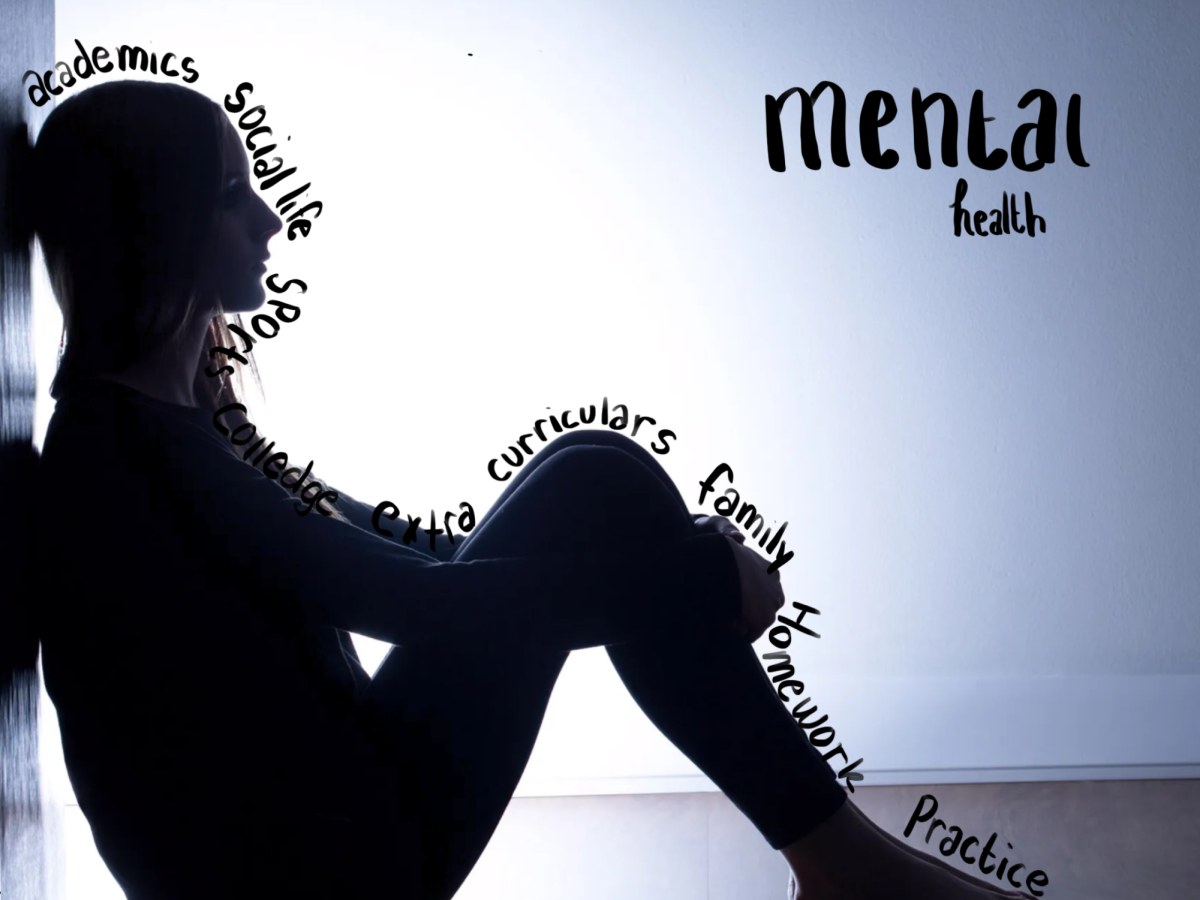
At ten o’clock in the morning on a Tuesday in December, it has been about four hours since you’ve eaten breakfast. With a test next period, your hands start shaking while you write, your body feels weak, and your mind is solely thinking about lunchtime in an hour. You slyly reach into your backpack in search of a small snack. But just as you can feel the grains of salt on top of your pretzels, the teacher glares at you and gives you an hour of detention. Not only is your school record blemished, but your surge of hunger grows stronger with no hopes of eating any time soon.
Every teenager has those days when they either forget to eat breakfast or suddenly feel starving in the middle of class. Many students in Walpole face hunger in the classroom — a major problem during long school days that contain only twenty minutes devoted to each lunch block. With limited time to eat during the day, students are forced to rely on deft maneuvers during class to get a quick burst of energy. A timeless act at Walpole High School, many kids resort to sneaking food because they need energy to get through the day. To end this conflict, the school should eliminate the wasted time spent in homeroom and add ten minutes to second period to give students the opportunity to have a snack.
There are multiple ways for students to eat a quick snack during class without the teacher knowing. At the beginning of class before the bell rings, many teachers stand out in the hallway — this is a prime time for kids to cram their mouths full of food. If the teacher leaves to go make copies of papers or to get a drink, it is another good opportunity to eat a snack, but it must be done quickly. At the end of the class, when the teacher is finished with the lesson and other students are just chatting, it is easy to sneak a quick bite to eat. At any point, however, the teacher can see people eating, so the riskiness of snacking in class is always prevalent. If there is a food emergency while the teacher is in the class, students must wait until the teacher has his or her back turned — a time when students can pretty easily sneak some food. If, however, a silent activity or test is taking place it is best not to eat during that time, or else the teacher can hear you chewing. The most risky time for snacking is during a lecture because the room is quiet and the teacher makes a lot of eye contact. The jock stereotype is the most open about eating, as they tend to consume large amounts of food regardless of what is going on in class around them.
The major reason for allowing students to eat is because food enhances the power of the brain and would enable more students to be successful in school. Food helps teenagers because it strengthens memory, energy levels, and concentration. Research suggests that the brain obtains energy from glucose and that fatty acids strengthen the synapses, which are related to memory. To add, antioxidants reduce stress by destroying extra oxygen in the body’s cells. Amino acids — found in protein-rich foods — help concentration and alertness, as well as mood, sleep, and memory. Due to the importance of food on regulating stress, retaining memory, and obtaining energy, students should be given the opportunity to eat during the school day more often than just lunchtime. How should one succeed in school without memory of yesterday’s class?
Walpole High sophomore Emma Sewell sees the need for a snack time during the school day as she said, “Eating is not a distraction but a necessity to help teenagers obtain the energy to focus in class.”
An important concern in the schools is allergies. Some students have allergies, and allergies are a problem, but problems can be solved. Although the permission of eating during school may increase the chances of an allergic reactions, the situation can be minimized if the teacher tells the class not to eat what others are allergic to. The most popular food allergy is peanuts, but if everyone brings peanut-free food, nothing bad can happen. Statistics state that only one percent of the United States is allergic to peanuts, and on top of that, at the high school age, many kids are beyond responsible for knowing what they are allergic to. Sewell again added to the argument when she said, “Many teachers insist that we cannot have snacks because of allergies. As teenagers we know what we are allergic to and what not to eat.”
The school system should help to remove classroom hunger by moving the ten pointless minutes of home room to the end of second period and allow kids to eat, which would drastically lower the amount of kids that sneak food during class. The time spent in homeroom is worthless, as the only thing accomplished is watching the morning news, which can be done during the first period of the day — it worked fine last year. Ten minutes should be added to the second block of the day, a time when kids can eat in their second period classroom. Additionally, the snack bar in the cafeteria should remain open throughout the entire day, not just for breakfast and lunch, which would greatly decrease the amount of hungry students because they could go during a study or between classes to get a snack.
The large number of students suffering from hunger during the seemingly endless school day makes a change necessary. The majority of students that resort to sneaking food during school clearly illustrates the need for a new eating policy. Students’ need for energy to focus during the day and no time to eat is a perfect example of the advantages a new policy in the school system could bring. To deal with the current issues regarding eating in class, the school should remove homeroom and add ten minutes to second period to provide time for students to eat. Change must come about soon, before every kid in the student body sneaks food in class and the entire school becomes dissatisfied.








Adriana carter • Dec 3, 2014 at 10:11 pm
this has helped me alot on a project I’m doing in school about fighting for snacks during class. thanks so much !
Diana • Mar 30, 2016 at 3:31 pm
same I am fighting for it to this website is great!
aliyah • Apr 8, 2014 at 1:32 pm
i think that students should be able to have food in every class it helps them concentrate and reply’s to the teacher better
Nicholas Milton • May 14, 2013 at 1:23 am
I am currently working on allowing this policy in Australian schools.